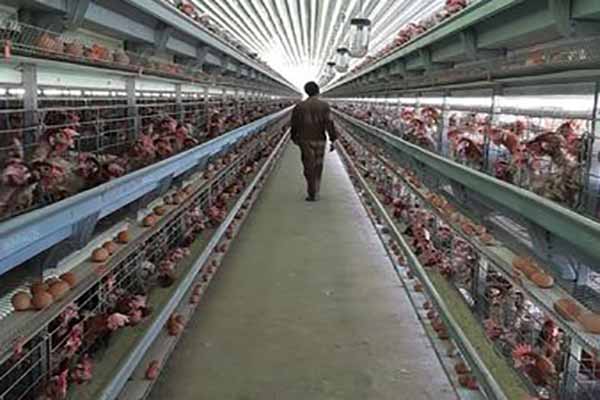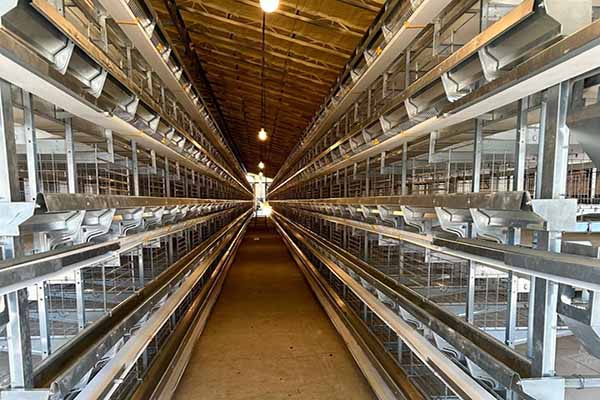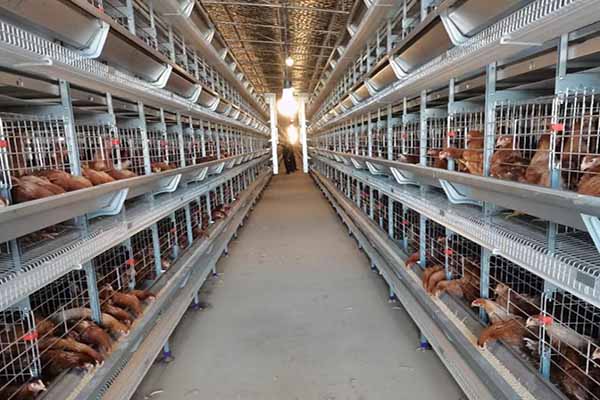Battery System of Poultry: Optimizing Efficiency for Poultry Farming
Understanding the battery system of poultry is crucial for poultry farming businesses looking to enhance efficiency and profitability. This article delves into the importance of a well-designed battery system, its benefits, and the factors to consider for optimal performance.

The Significance of a Battery System
The battery system in poultry farming refers to the arrangement of chicken coops that promote healthy growth and productivity. A well-designed system can lead to several advantages, such as:

- Improved flock health and welfare
- Enhanced egg production
- Reduced labor costs
- Minimized environmental impact
Components of an Effective Battery System
When designing a battery system, several key components must be considered:
- Space Allocation: The system should provide adequate space for each bird, typically around 0.8 to 1 square foot per bird, to ensure comfort and minimal stress.
- Air Quality: Proper ventilation is essential to maintain a healthy atmosphere and prevent respiratory diseases.
- Nutrition: Feeding systems should be designed to deliver nutrients efficiently and reduce waste.
- Water Supply: Access to clean, fresh water at all times is critical for the birds’ health.
- Lighting: Optimal lighting conditions can boost egg production and maintain the natural photoperiod.
According to a study by the Agricultural Research Service (ARS), an efficient battery system can lead to a 10% increase in egg production and a 20% reduction in feed conversion ratio.
Choosing the Right Equipment
Selecting the right equipment for your battery system is crucial. Consider the following:

- Perch Heights: Adjusting perch heights can help prevent feather pecking and promote good leg health.
- Roosts: Comfortable roosts can improve overall bird welfare and reduce stress.
- Feeders and Waterers: Automatic feeding and watering systems reduce labor and ensure consistent nutrition and hydration.
Environmental Impact
The environmental impact of a battery system should not be overlooked. Implementing sustainable practices, such as using renewable energy sources and minimizing waste, can help reduce the system’s carbon footprint.
Conclusion
A well-designed battery system is essential for successful poultry farming. By focusing on space allocation, air quality, nutrition, water supply, lighting, and equipment selection, poultry farmers can improve flock health, egg production, and overall efficiency. To explore the perfect battery system for your farm, contact us at LIVI Mechanical. We offer free chicken farming design solutions and equipment quotes.




